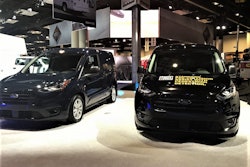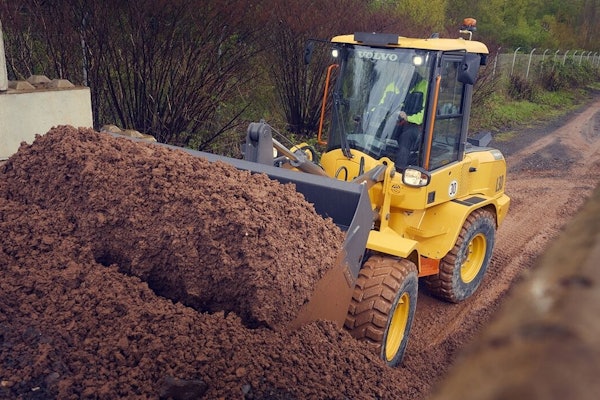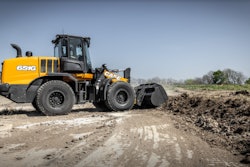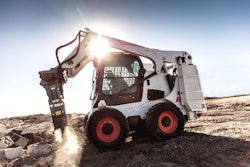There’s a certain swagger mechanics get when riding around in a massive, Class 7 service truck complete with welder, compressor and crane. But is that image and the truck that goes with it a dinosaur?
Not entirely. Big service trucks still have their place, but increasingly vans—as in Mercedes Sprinters, Ford Transits and Ram Promasters—are going to play an important role as service vehicles for heavy equipment fleets.
That’s the opinion of Bruce Bunting, Industrial products specialist at Knapheide Manufacturing and a 20-year veteran in the service truck arena. Bunting shared this vision of the future of service trucks at the Association of Equipment Management Professionals Equipment Shift Conference held in October. “The days of simply being larger and heavier are not going to be sustainable,” Bunting says. “Everybody is going to get smaller. There is a niche now in your fleet for a Class 2 service truck.”
According to Bunting there are four main developments driving this change in the heavy equipment environment: emissions, weight, technology and the bottom line.
Today’s emissions regulations require a diesel particulate filter (DPF) or diesel oxidation catalyst (DOC) on Class 7 service trucks with diesel engines. These devices regenerate or self-clean easily in a highway haul truck barreling down the road at 70 miles per hour, or in a piece of off-road machinery with high load factors.
But a big service truck in the field may idle most of the day. And idling causes soot to build up quickly in a DPF or DOC. Even when the technician is using the truck’s PTO to drive a compressor or a welder-generator, he’s not creating enough heat through the engine to regenerate or burn out the soot.









